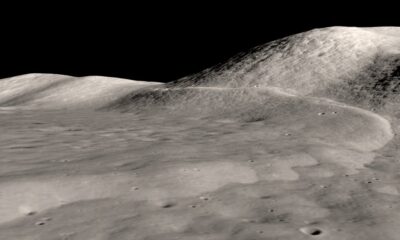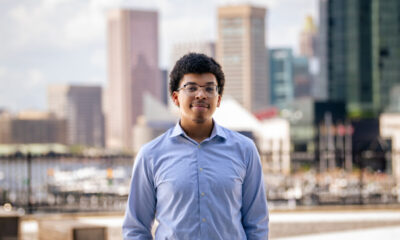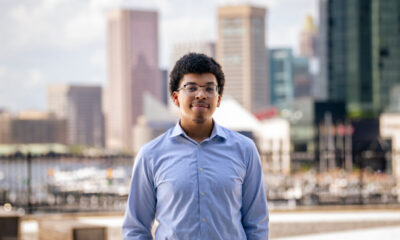Science
Astrophysicist Explores Reality of Time Travel and Its Challenges
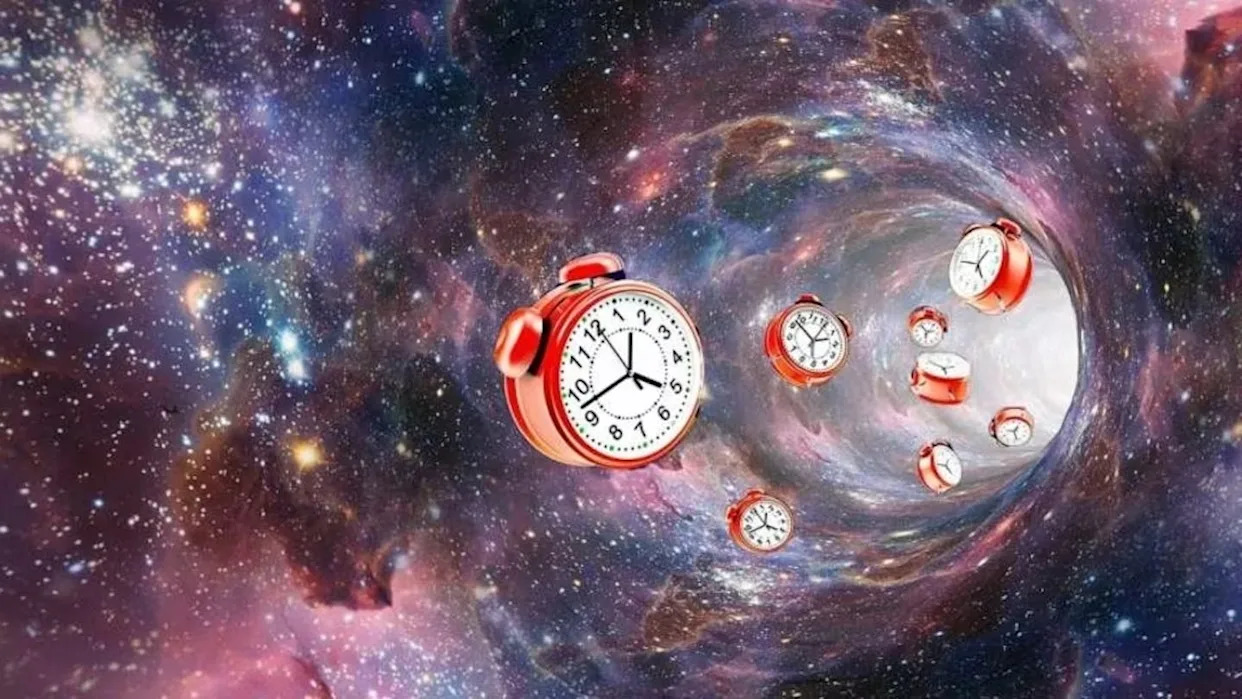
The concept of time travel has long fascinated both scientists and the public, leading to numerous questions about its feasibility. In an exploration of this topic, astrophysicist Adi Foord from the University of Maryland, Baltimore County, sheds light on the scientific principles behind this intriguing idea.
Time travel, often portrayed in science fiction, involves moving between different points in time. While films depict characters using advanced technology to traverse time, the science behind it presents significant challenges. One of the central questions is whether time can be reversible. The second law of thermodynamics suggests that it cannot. This law indicates that the universe tends to move toward greater disorder over time, much like how scrambled eggs cannot revert to their original state once cooked. Therefore, according to this principle, time moves in a forward direction only, akin to traveling on a one-way street.
Einstein’s Theory of Relativity and Time Dilation
The theory of special relativity, proposed by Albert Einstein, introduces the idea that time is not a constant and can vary depending on speed. For example, a spacecraft traveling near the speed of light—approximately 1,079 million kilometers per hour—would experience time differently than someone on Earth. Although current technology does not allow for such speeds, astronauts aboard the International Space Station orbit Earth at approximately 28,000 kilometers per hour. This means they experience time at a slightly slower rate than individuals on the ground.
An interesting case is that of astronaut Scott Kelly, who spent a record 520 days in space. His time spent in orbit resulted in him aging marginally slower than his twin brother, Mark Kelly. While Scott was initially six minutes younger than Mark, he is now six minutes and five milliseconds younger due to the effects of time dilation.
Theoretical Mechanisms and Paradoxes
Some scientists are investigating theoretical mechanisms that could potentially allow for time travel. One such concept is the existence of wormholes, which are hypothetical tunnels in space that could provide shortcuts for interstellar travel. If a wormhole could be created and one end moved at speeds approaching that of light, it might allow for time travel. A traveler entering the moving end could theoretically emerge at the stationary end at an earlier time. Nonetheless, wormholes remain purely theoretical, with no practical examples observed to date.
Additionally, the concept of time travel introduces intriguing paradoxes, such as the well-known “grandfather paradox.” This scenario posits that if a person were to travel back in time and prevent their grandparents from meeting, it would create a contradiction: if they were never born, how could they have traveled back in time in the first place? This paradox highlights the complexities and puzzles that surround the idea of time travel.
Another notable exploration of time travel was conducted by Stephen Hawking, who famously hosted a dinner party with invitations that were not sent until after the event occurred. His hope was to attract future time travelers; however, no guests appeared. Hawking concluded, “The best evidence we have that time travel is not possible, and never will be, is that we have not been invaded by hordes of tourists from the future.”
Astrophysicists do engage in a form of time travel through their observations of the universe. Powerful telescopes, such as the James Webb Space Telescope, allow researchers to look back in time by capturing light from distant stars and galaxies. This light carries information about the universe as it existed millions or even billions of years ago. For example, the James Webb Space Telescope is studying galaxies that formed shortly after the Big Bang, which occurred approximately 13.7 billion years ago.
In summary, while the dream of time travel remains largely within the realm of science fiction, ongoing research continues to explore its possibilities. For now, the best way to experience time travel may be through our favorite stories, whether in books, films, or our imaginations.
-

 Technology4 weeks ago
Technology4 weeks agoDiscover the Top 10 Calorie Counting Apps of 2025
-

 Lifestyle1 month ago
Lifestyle1 month agoBelton Family Reunites After Daughter Survives Hill Country Floods
-
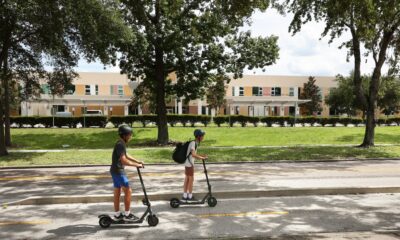
 Education1 month ago
Education1 month agoWinter Park School’s Grade Drops to C, Parents Express Concerns
-

 Technology2 weeks ago
Technology2 weeks agoDiscover How to Reverse Image Search Using ChatGPT Effortlessly
-

 Technology3 weeks ago
Technology3 weeks agoHarmonic Launches AI Chatbot App to Transform Mathematical Reasoning
-

 Technology1 month ago
Technology1 month agoMeta Initiates $60B AI Data Center Expansion, Starting in Ohio
-
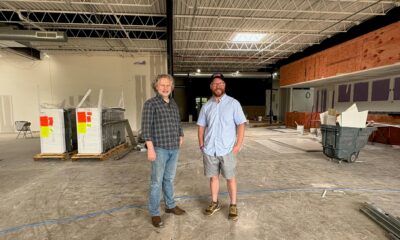
 Lifestyle1 month ago
Lifestyle1 month agoNew Restaurants Transform Minneapolis Dining Scene with Music and Flavor
-
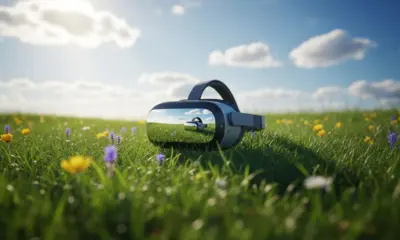
 Technology1 month ago
Technology1 month agoByteDance Ventures into Mixed Reality with New Headset Development
-

 Technology4 weeks ago
Technology4 weeks agoMathieu van der Poel Withdraws from Tour de France Due to Pneumonia
-

 Technology1 month ago
Technology1 month agoRecovering a Suspended TikTok Account: A Step-by-Step Guide
-

 Technology1 month ago
Technology1 month agoGlobal Market for Air Quality Technologies to Hit $419 Billion by 2033
-

 Health1 month ago
Health1 month agoSudden Vision Loss: Warning Signs of Stroke and Dietary Solutions



